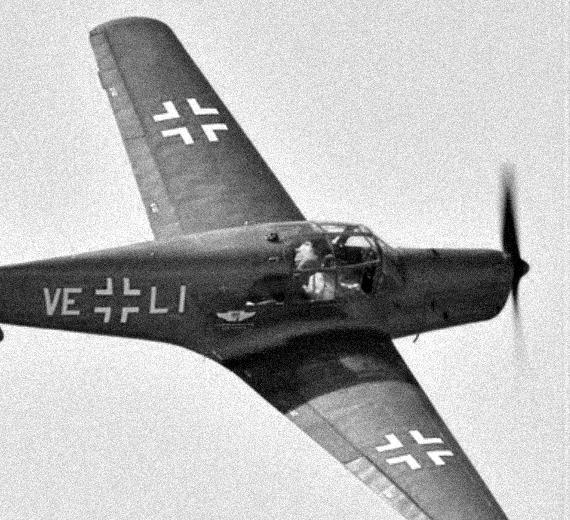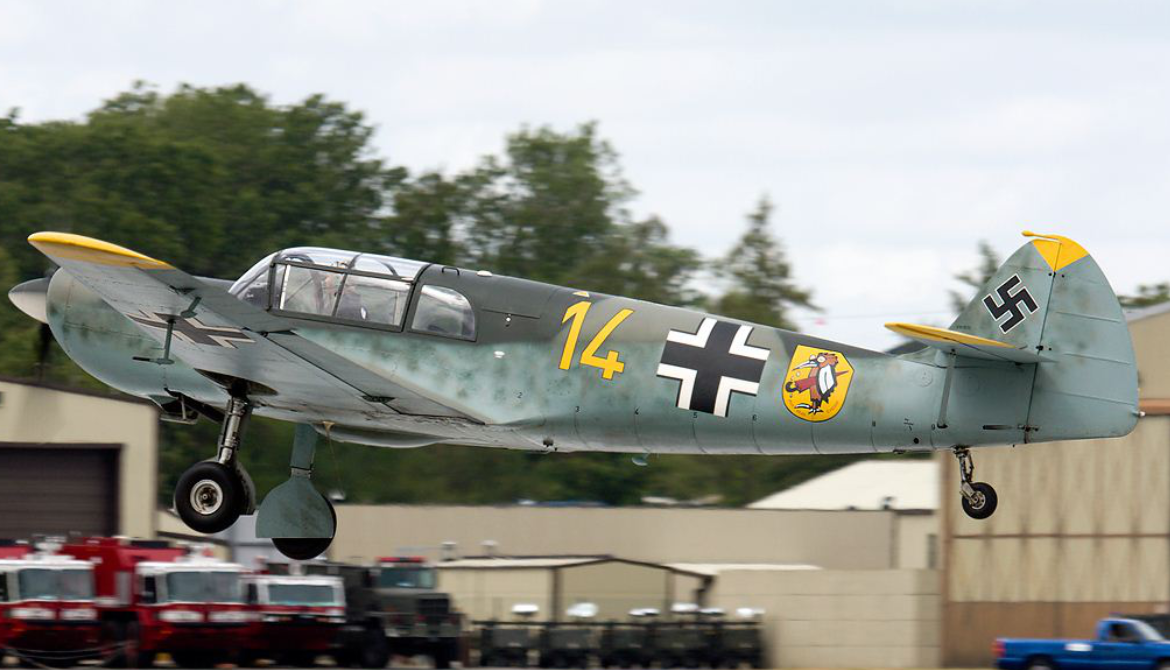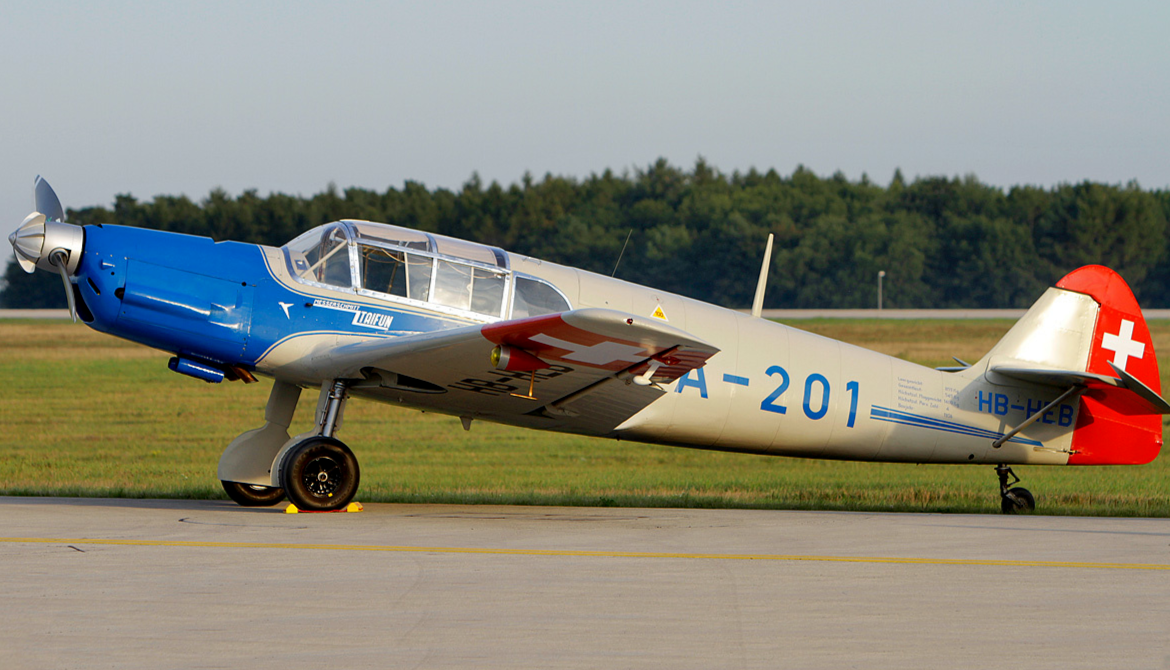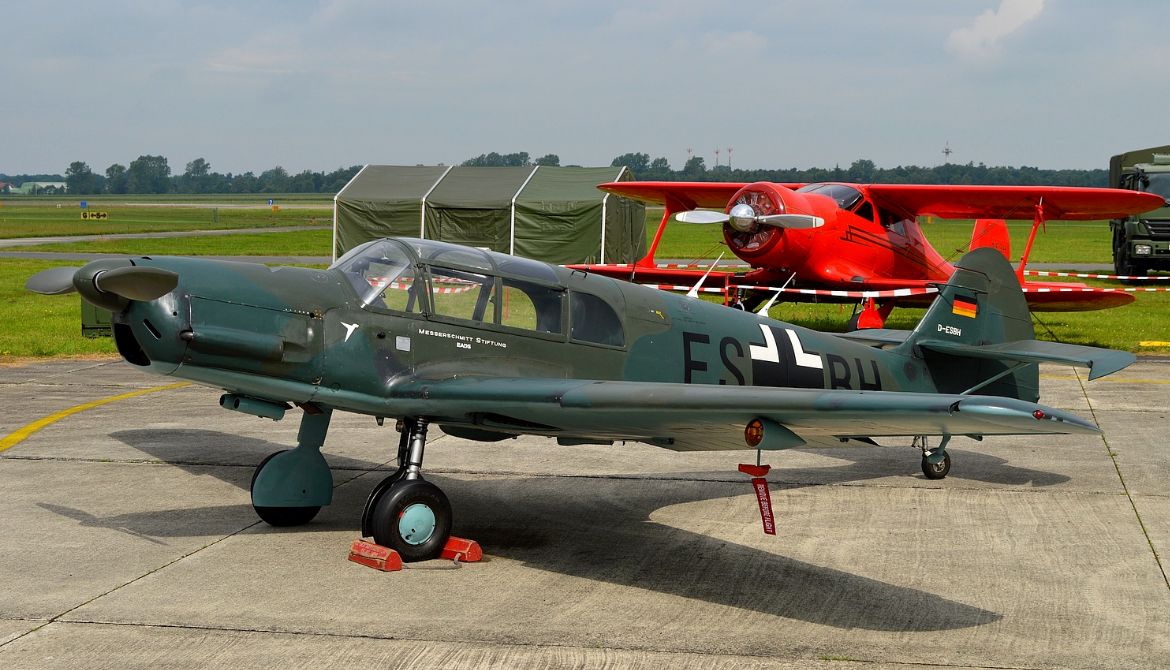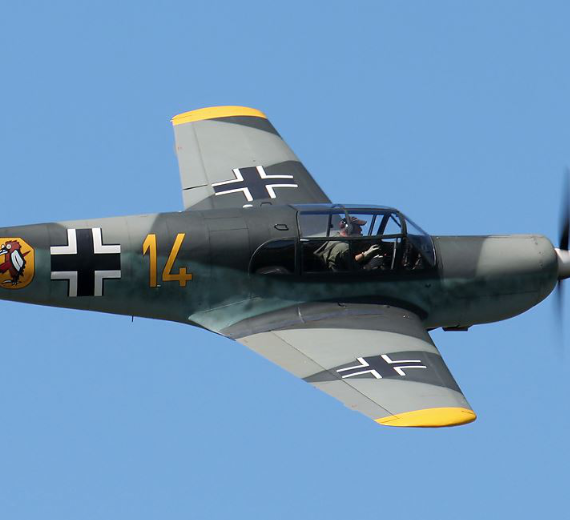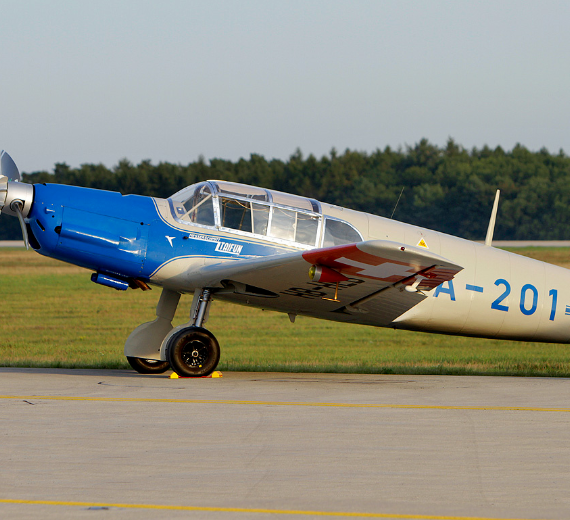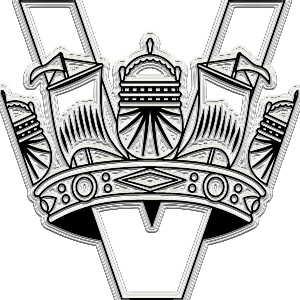Vickers Limited Vickers Warwick ASR Mk I
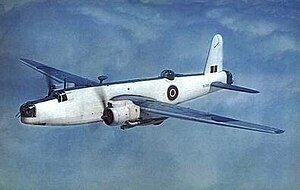 |
|
| Warwick B/ASR Mk I BV285 | |
| Role | Maritime reconnaissance, air-sea rescue, transport |
|---|---|
| Manufacturer | Vickers-Armstrongs |
| First flight | 13 August 1939 |
| Primary users | Royal Air Force (RAF) South African Air Force Polish Air Force in exile BOAC |
| Number built | 846[1] |
| Developed from | Vickers B.9/32 |
.
History Vickers Limited Armstrong Whitworth & Co Ltd
Vickers Warwick ASR Mk I

The Vickers Warwick was a multi-purpose twin-engined British aircraft developed and operated during the Second World War. In line with the naming convention followed by other RAF heavy bombers of the era, it was named after a British city or town, in this case Warwick. The Warwick was the largest British twin-engined aircraft to see use during the Second World War.
The Warwick was designed and manufactured by Vickers-Armstrongs during the late 1930s. It was intended to serve as a larger counterpart to the Vickers Wellington bomber. The two aircraft share similar construction and design principles but unlike the smaller Wellington bomber, development of the Warwick was delayed by a lack of suitable high-powered engines. The maiden flight took place on 13 August 1939 but delays to its intended powerplant, the Napier Sabre engine, led to alternatives being explored in the form of the Bristol Centaurus and Pratt & Whitney R-2800 Double Wasp radial engines. By the time adequate engines were available, rapid advances in the field of aviation had undermined the potency of the design in the face of Luftwaffe fighters.
Design
Design and development
Origins

In October 1932, the British industrial conglomerate Vickers-Armstrongs decided to tender for the Air Ministry Specification B.9/32, which called for the development of a twin-engined medium bomber.[During late 1934, by which point the company was already in the midst of developing their Type 271 design, to meet the needs of Specification B.9/32, Vickers received a draft requirement for a larger bomber. The draft specification developed into Air Ministry Specification B.1/35, which sought a twin-engined heavy (by the standards of the day) strategic bomber. The aircraft was intended to make use of more powerful engines, in the range of 1,000 hp, that were being developed, to enable the bomber to be faster and carry a heavier bomb load than the earlier B.3/34 specification. Among the requirements of Specification B.1/35 was a speed of no less than 195 mph while flying at 15,000 feet, a range of 1,500 miles while carrying 2,000 lb of bombs, along with a limitation on the wingspan to less than 100 feet, while the engines were also to be furnished with variable-pitch propellers
0
KmCeiling
0
KmCombat RANGE
0
Km/hAircraft Speed
0
Max Crew
Photo Gallery
Vickers Limited Armstrong Whitworth & Co Ltd
Vickers Warwick ASR Mk I


Vickers Limited Armstrong Whitworth & Co Ltd
Warwick B/ASR Mk I BV285
General Info
-
-
- Crew: six
- Length: 72 ft 3 in (22.02 m)
- Wingspan: 96 ft 8+1⁄2 in (29.477 m)
- Height: 18 ft 6 in (5.64 m)
- Wing area: 1,006 sq ft (93.5 m2)
-
Powerplant
-
- Empty weight: (12,770 kg)
- Max takeoff weight: (20,412 kg)
- Powerplant: 2 × Pratt & Whitney R-2800/S.1A4-G "Double Wasp" radial engines, 1,850 hp (1,380 kW) each
-
Performance
- Maximum speed: 224 mph (360 km/h
- Range: 2,300 mi (3,700 km, 2,000 nmi)
- Service ceiling: 21,500 ft (6,600 m)
- Rate of climb: 660 ft/min (3.4 m/s)
.
Links to Youtube & Others
In late 1960, the People's Republic of China had begun negotiations with Vickers for as many as 40 Viscounts, but negotiations were protracted due to political tensions
Vickers Warwick
B/ASR Mk I BV285
BEA, and its nationalised successor British Airways (BA), vigorously operated the Viscount on Britain's domestic routes
Youtube Link
The first airline in Latin America to operate the Viscount was Cubana de Aviación. Cubana's −755D Viscounts, delivered in 1956,
